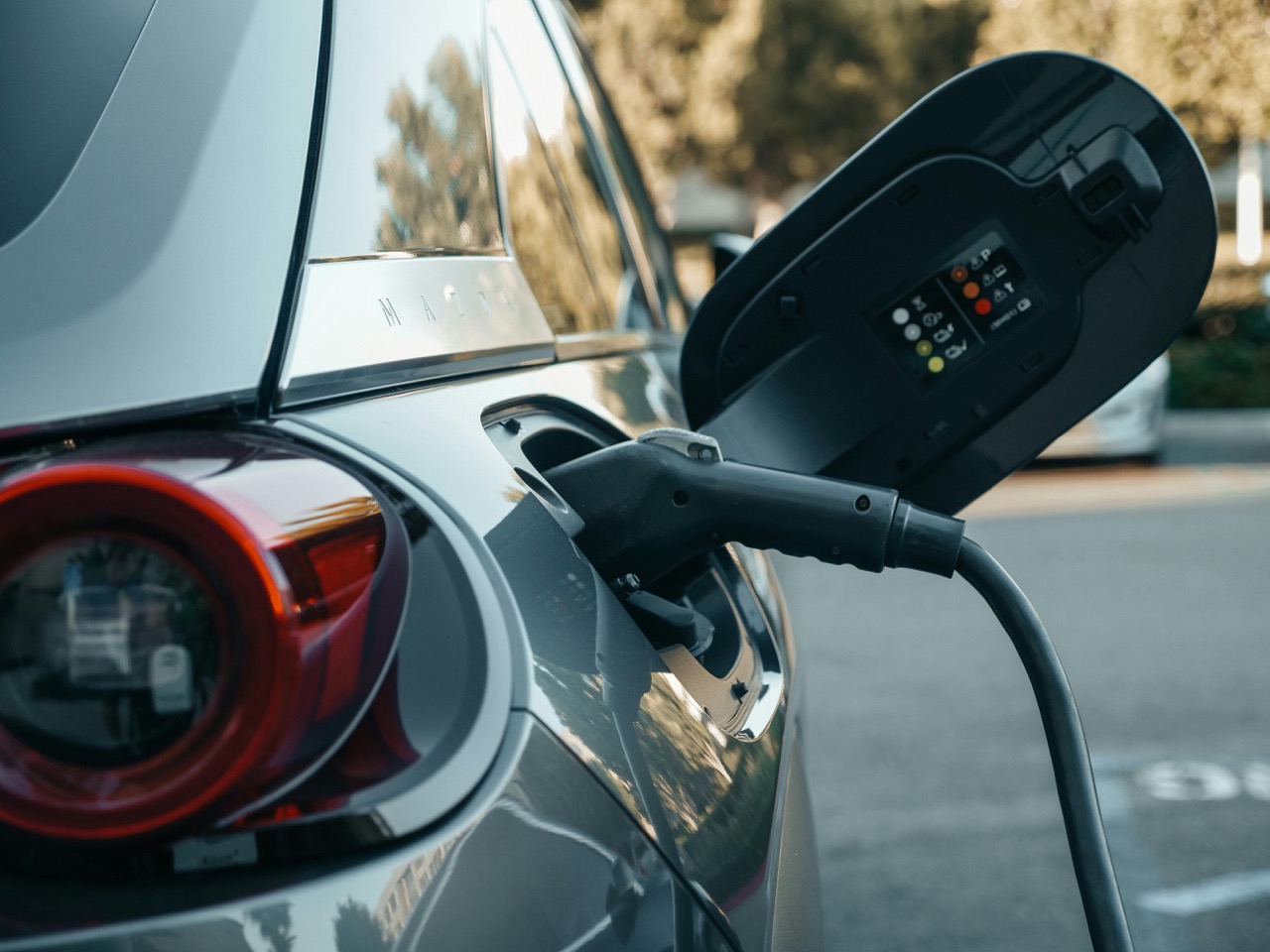Electric cars in Australia are on the rise with more people shifting towards sustainable living and cost-saving practices. With significant increase in sales and market share in EVs over the recent years, used electric vehicle sales in Australia have also grown.
While private sellers are leading the upward trend in the used electric vehicle market, factors like innovations in electric vehicle innovations and expanding charging infrastructure are prompting previous EV buyers to upgrade and sell their earlier EV models. Although buying a used electric vehicle can be a cost-effective option, here’s our guide to help you consider what factors to look out for before purchasing or selling a used electric vehicle.
Electric Vehicle Batteries and Driving Range
High-voltage batteries and other lithium-ion batteries in electric vehicles degrade over time, losing the optimal capacity to hold a maximum charge, and ultimately reducing their lifespan. Battery degradation is normal and can be influenced by various factors including usage, temperature and charging cycles. The state of the battery health is an important factor to consider when purchasing a used electric vehicle as this can impact its driving range – the maximum distance an electric vehicle can travel on a single charge.
Testing the battery health of a used electric vehicle can be a challenging factor to diagnose, as some electric vehicles display the battery health status while other vehicles require alternative testing methods.
Testing the battery health of a used electric vehicle includes:
- Using a diagnostic plug in tool or app: This tool helps you diagnose the state of health of the battery, while also showing status updates on charging cycles and cell health. It’s best to double check the diagnostic tool compatibility with the EV make/model.
- Third party dealer: You can look to get a battery diagnostic report that is performed by an authorised dealer of the used electric vehicle brand. The report can highlight important historical data including state of health, charge history and error codes.
- Perform a complete charge and range assessment: Fully charge the EV and observe the driving range displayed at 100%. Compare this figure to the range originally claimed by the manufacturer to estimate potential capacity loss. Keep in mind that this is an approximate calculation, as factors such as recent driving behavior and temperature can affect the results.
We highly recommend complementing your diagnostic testing with a test-drive, to look out for any signs of battery issues like sudden changes in range, warning lights or unusually slow charging. Understanding how the previous owner has cared for their used electric vehicle, can provide information about charging habits, types of chargers used and frequency of charging. By inquiring about the historical battery charging habits, this will allow you to get a better understanding of how the used electric vehicle was maintained.
Charging Port and Cables
The charging source and how used electric vehicles are charged can play a significant influence on the impact and lifespan of the battery. It’s strongly advised to avoid used electric vehicles that have frequently been charged using DC rapid chargers at public stations. Instead, opt for used electric vehicles that have been charged with a lower-powered AC charger at home, as this method generally helps preserve the battery more effectively over time. Therefore, when purchasing a second-hand electric vehicle, it’s important to enquire about the EV’s standard charging cable that can be plugged into a regular household powerpoint.
Inspecting charging cords and additional connectors for damage, is essential for checking signs of wear and tear. Poor charging practices, especially at public charging stations where used electric vehicles have been exposed to heavy cables and connectors, may have potentially damaged the electric vehicle.
Essential accessories, such as charging ports and cables, are crucial when traveling long distances. It’s a good idea to bring your own cables and adapters to ensure compatibility and prevent any potential battery damage.
Warranties
Most new electric vehicles come with two separate warranties: one for the overall car and another for the high-voltage battery system, often covering the drive unit as well. These warranties can typically be transferred to future owners as long as they’re still within the coverage period. That’s why it’s a good idea to review these details carefully when considering a used EV purchase.
Get in Touch Today!
In the market for a used electric vehicle? With over 40 years of experience car buying and selling, get in touch with our friendly team today to take the stress out from searching. For expert advice and a hassle-free process, call 1300 650 890 or reach out today and Car Search Brokers will find the right EV for you.
